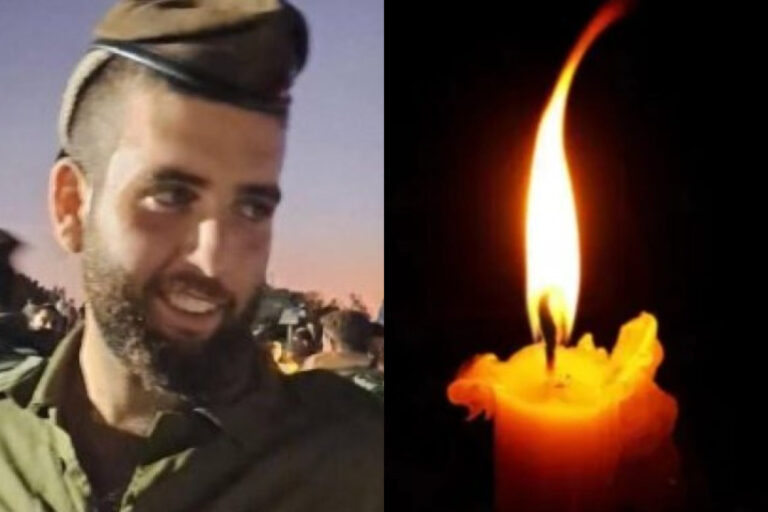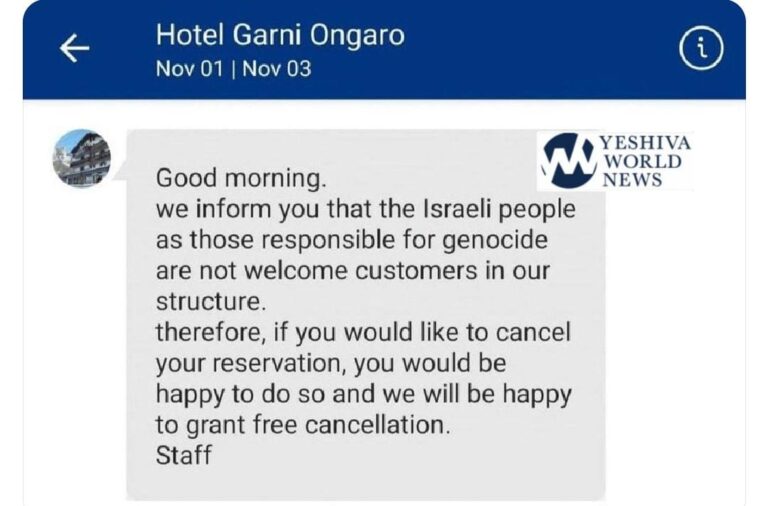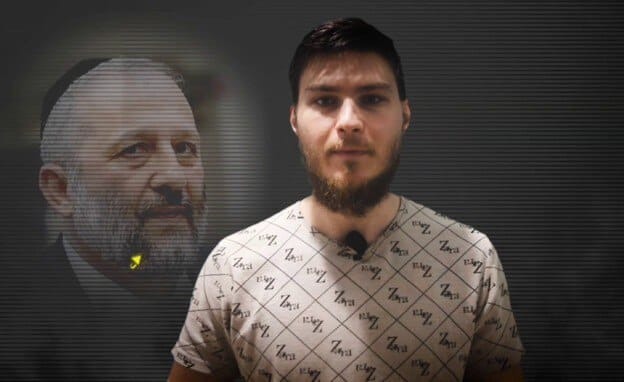 The 1979 disappearance of Etan Patz helped catalyze a national missing-children’s movement. Six-year-old Etan was one of the first children whose disappearance was publicized in what became a high-profile way: on milk cartons. His case also helped usher in an age of parental anxiety. The suspect in Etan’s disappearance, Pedro Hernandez, of Maple Shade, New Jersey, is now about to be retried on murder and kidnapping charges, after a jury deadlocked last year. Hernandez confessed in 2012, but his lawyers say his admissions are false.
The 1979 disappearance of Etan Patz helped catalyze a national missing-children’s movement. Six-year-old Etan was one of the first children whose disappearance was publicized in what became a high-profile way: on milk cartons. His case also helped usher in an age of parental anxiety. The suspect in Etan’s disappearance, Pedro Hernandez, of Maple Shade, New Jersey, is now about to be retried on murder and kidnapping charges, after a jury deadlocked last year. Hernandez confessed in 2012, but his lawyers say his admissions are false.
A brief explanation of Etan’s disappearance and the ensuing murder case:
———
A BOY VANISHES, AND A MOVEMENT BEGINS
Etan disappeared while walking to his Manhattan school bus stop alone for the first time on May 25, 1979, igniting an exhaustive search and helping to make missing children a national cause in the United States.
The anniversary of his disappearance became National Missing Children’s Day. His parents helped press for new laws that established a national hotline and made it easier for law enforcement agencies to share information about missing children. The movement grew after the kidnapping and killing of 6-year-old Adam Walsh in 1981 in Florida. Frightened parents soon stopped letting children walk alone to school and play unsupervised in their neighborhoods.
———
AN INVESTIGATION SPANS DECADES
Etan’s body has never been found, but his family had him legally declared dead in 2001. The investigation spanned decades and even reached Israel. Hernandez worked at a convenience store in Etan’s neighborhood, and police noted meeting him among many people they encountered while searching. But he wasn’t a suspect until 2012, when police got a tip and then a confession.
———
THE PROSECUTION STRESSES CONFESSIONS
Prosecutors’ case centers on Hernandez’s confessions, plus statements relatives and acquaintances said he made to them earlier about killing a child.
In his recorded confessions to authorities, Hernandez, 55, tranquilly recounts offering soda to entice Etan into the convenience store basement, then choking him. Hernandez says he put the still-alive boy into a plastic bag and a box and left the box in an alley.
One of his brothers-in-law testified at the first trial that Hernandez startled a prayer group in summer 1979 by saying he had killed a child in New York. A neighbor and Hernandez’s ex-wife said he made similar remarks to them, though some details varied.
There’s no physical evidence against Hernandez.
———
THE DEFENSE SAYS CONFESSIONS ARE FALSE
While prosecutors call Hernandez’s confessions credible, his defense says his various admissions are the false imaginings of a man with mental illness and a very low IQ. A psychiatrist testified at the first trial that Hernandez has schizotypal personality disorder, which can feature symptoms including delusions. Hernandez’s daughter told jurors he saw people who weren’t there, talked to himself and started making dinners at 2 a.m. Hernandez didn’t testify.
The defense also wants jurors to consider longtime suspect Jose Ramos, a convicted Pennsylvania child molester who dated a woman who sometimes walked Etan home from school.
Ramos was never criminally charged and denies involvement in Etan’s death. But a former federal prosecutor and a prison informant testified at the first trial that Ramos made incriminating statements to them. Ramos wasn’t called to testify, having indicated he’d invoke his Fifth Amendment protection against self-incrimination.
———
WHAT’S NEXT
Opening statements in Hernandez’s retrial are set for Wednesday.
(AP)










